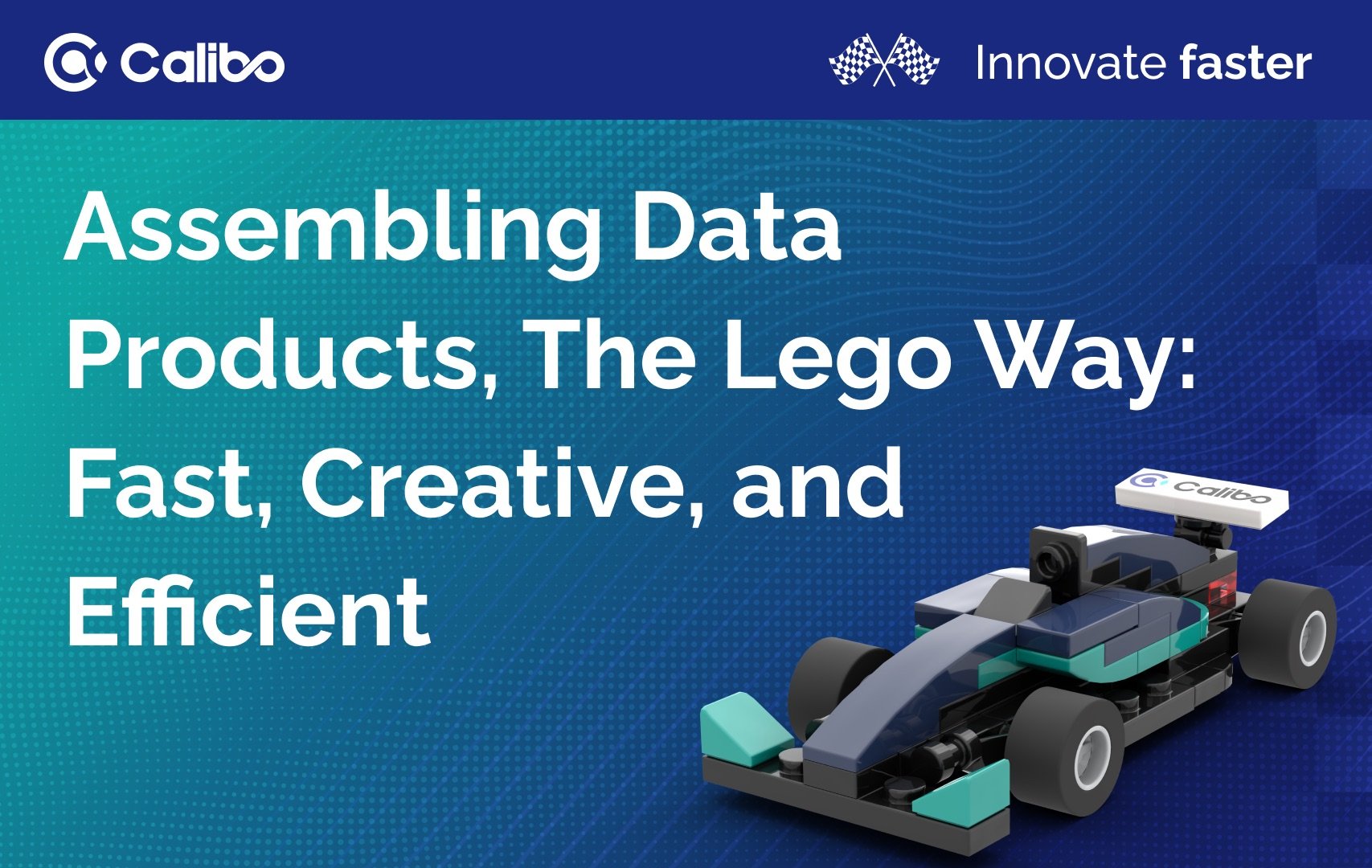Blog
How to leverage predictive analytics to make better decisions
The blog outlines a three-step roadmap for businesses to unlock the power of predictive analytics and gain a competitive edge.
First, it emphasizes the importance of gathering and preparing a diverse dataset—such as sales history, customer interactions, and external market data—to ensure reliable forecasting.
Second, it explains how AI and machine learning tools can transform that data into actionable insights for demand forecasting, personalized marketing, dynamic pricing, and supply chain optimization.
Third, it recommends implementing industry-specific use cases, like inventory prediction in retail, churn models in SaaS, and risk scoring in finance, to drive tangible business outcomes.
 Webinars
Webinars



